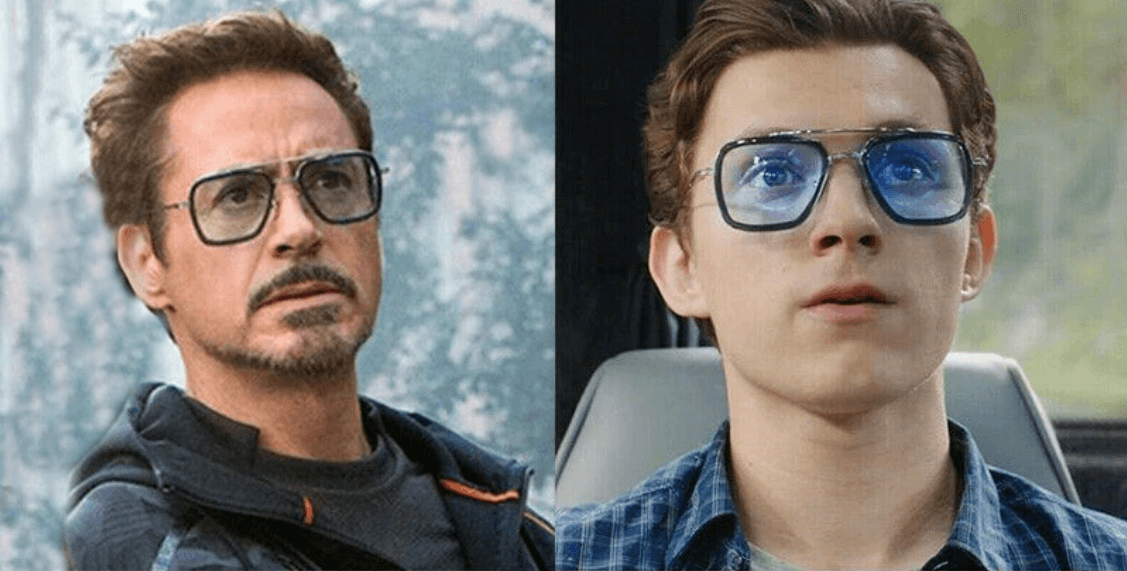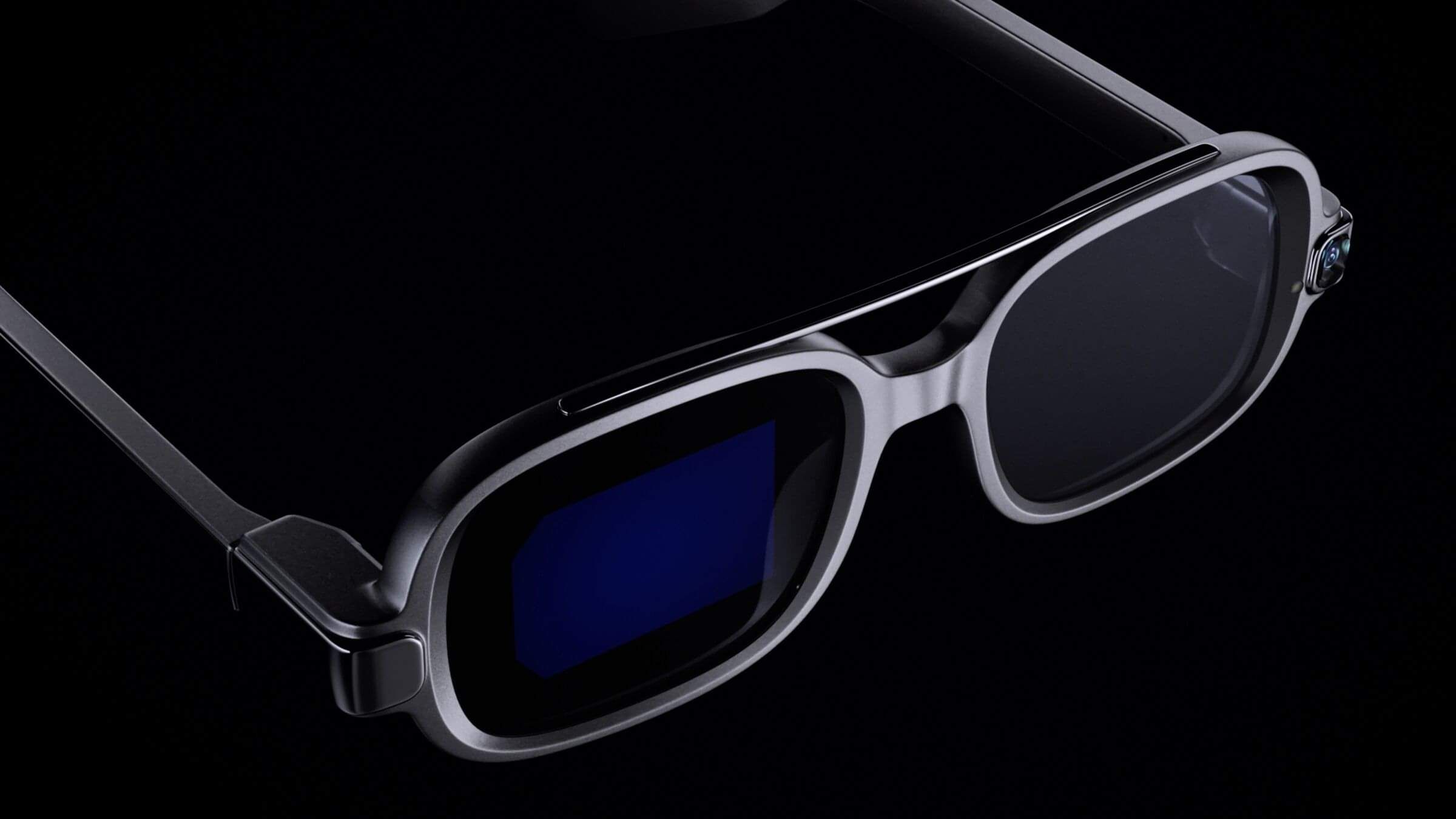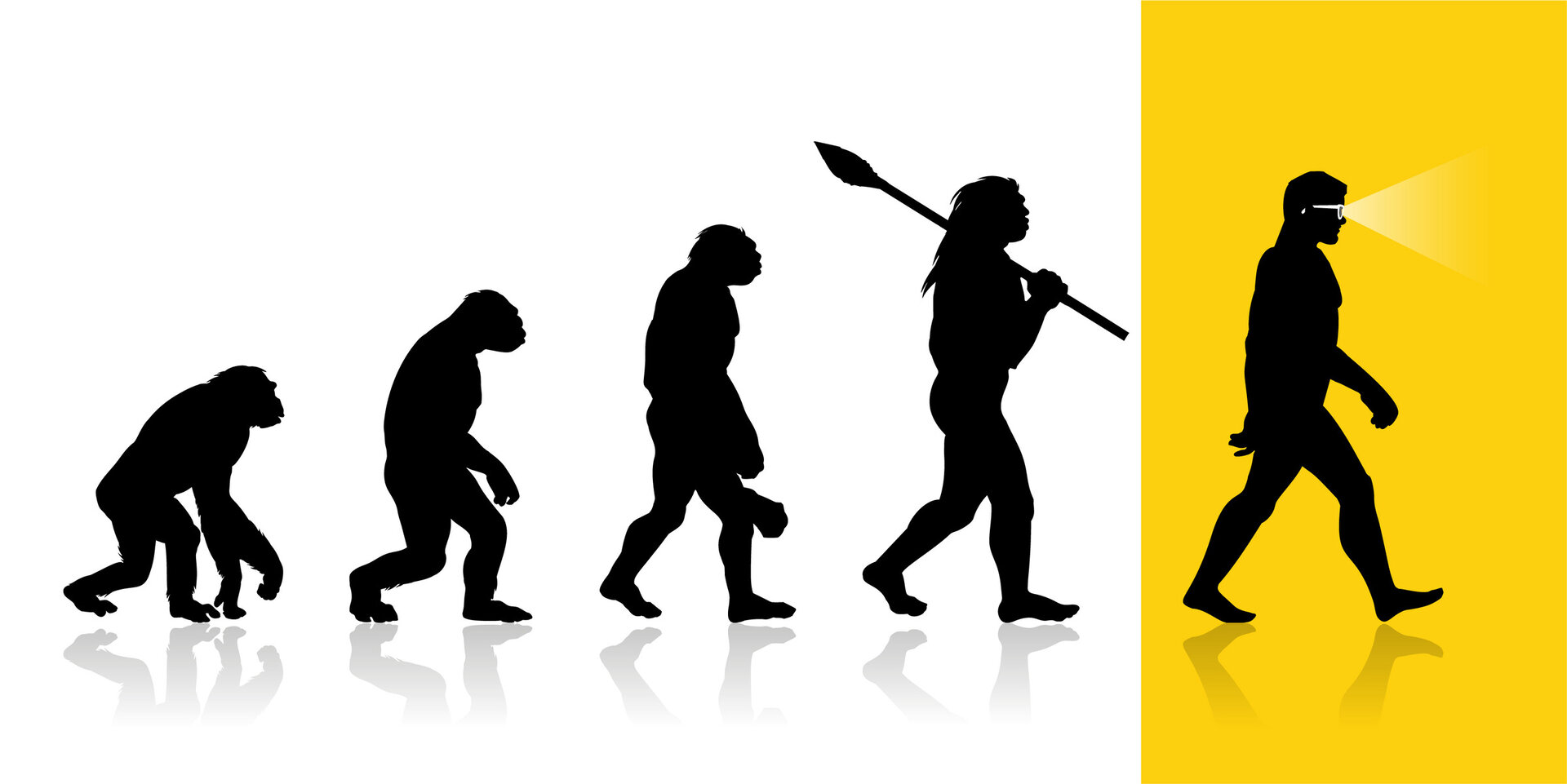FutureHuman
Over the last five years I’ve worked on lots of projects that required wearable Augmented Reality displays. This technology is often referred to as SmartGlasses although I prefer wearable AR because it’s found in many different forms.
It could be in swimming goggles, helmet visors or anything else that sits in front of your eyes.
Before I share some thoughts on the ways wearable AR could enhance the human experience in the future let me tell you about some of the use cases that are already in existence today. Many of them you will already have heard of but you might be surprised by some of them.
The most talked about uses are where an App that we are all familiar with on our smartphones is made better by going handsfree.
That includes live navigation and alerts on the move.
But did you know that it is already possible to get on-the-fly translation in several languages? This has even been used to allow visitors to an Opera to follow the storyline in their own language without having to keep looking down at a booklet or smartphone.
These examples allow the wearer to see data that only exists as digital bits in the cloud somewhere. But there are other situations where human vision can be augmented to see things that are there but just hidden from view.
Experiments have been done by fire departments where a special camera that can see through smoke produces an overlay of the real world on the display. This helps firefighters navigate obstacles and find survivors in an almost super-human way.All these scenarios are possible today on commercially available smart glasses provided you have £900 to drop on a pair.

Trends in this space suggest that we are very close to a significant disruption to the market meaning the price will be closer to that of a smartwatch. Once this happens, I am genuinely excited about the opportunities for augmenting human experience in ways that could significantly change the way we interact with the world around us.
But this means that some adjacent technologies need to be developed alongside the improvements in wearable AR displays. Wouldn’t it be great if there was a way to detect people’s emotions accurately which could then be indicated to you in your glasses?
Done properly, human communication could be dramatically improved.
Think of the police officer who can see that someone is scared or agitated and receives guidance on how to de-escalate a situation in real time. Or imagine the savings to businesses by employees and managers being able to communicate better through technology enabled empathy.
I wonder what it would be like if I could fact check something I am being told in real time. What if I am at a conference or some other public event and someone is communicating an important piece of information. I am going to make decisions based on what I am hearing so it would be beneficial to understand how the presenter’s biases might be influencing what they are saying.
Some people say that history teaches us nothing, it just keeps us looking over our shoulder. But maybe that’s only because of the way we interact with it. What if I could fire up an app on my smartglasses and walk around a city seeing various events that happened and had a profound impact on the world I live in today?
Imagine walking down a street exploring its history by seeing moments played out in front of you. It might change the way you go about your day knowing how someone’s actions years ago influenced the future you now inhabit.Staying in the space of self-reflection what if my eyewear knows enough about my lifestyle and cognitive state that it can intervene when I’m under a bit too much stress?
Prompts could appear that help me manage my own well-being based on a combination of external factors and what’s going on inside.
It would be crazy if I didn’t throw something in based on the recent pandemic. Can we imagine a world where wearable AR enables us to respond to a future health crisis without needing to go into lockdown? Could smartglasses combined with special sensors and up to date transmission data allow us to stay outdoors where it is arguably healthier anyway but avoid contact with a pathogen?
As a final word you have probably noticed that I have an AR lens attached to my glasses for this video. This was to give you one final example of this technology because I’ve been reading a script from an autocue the whole time



